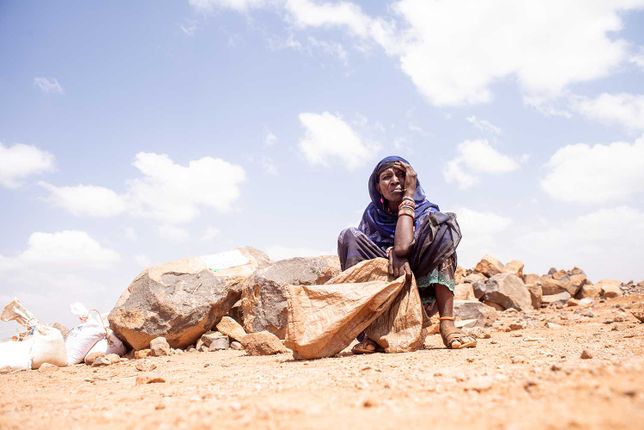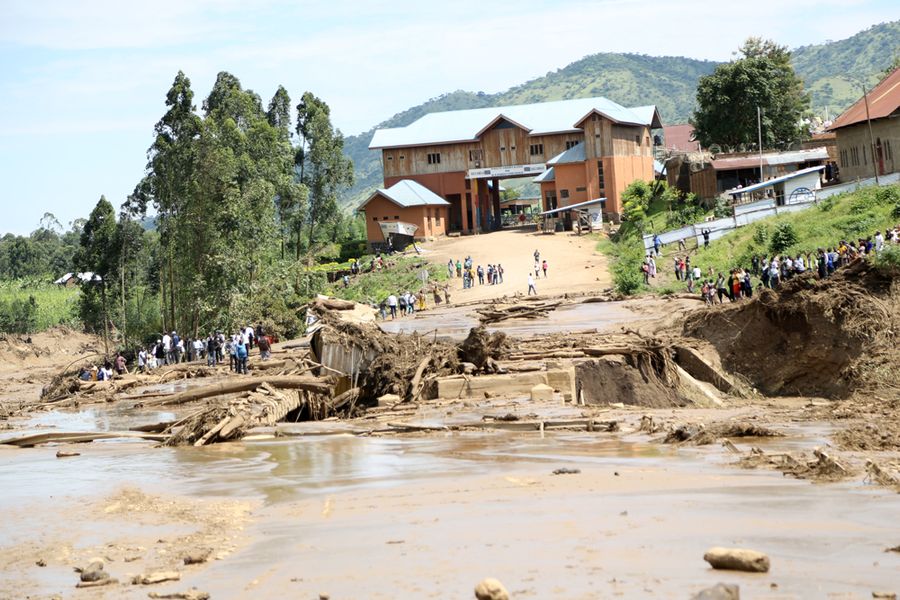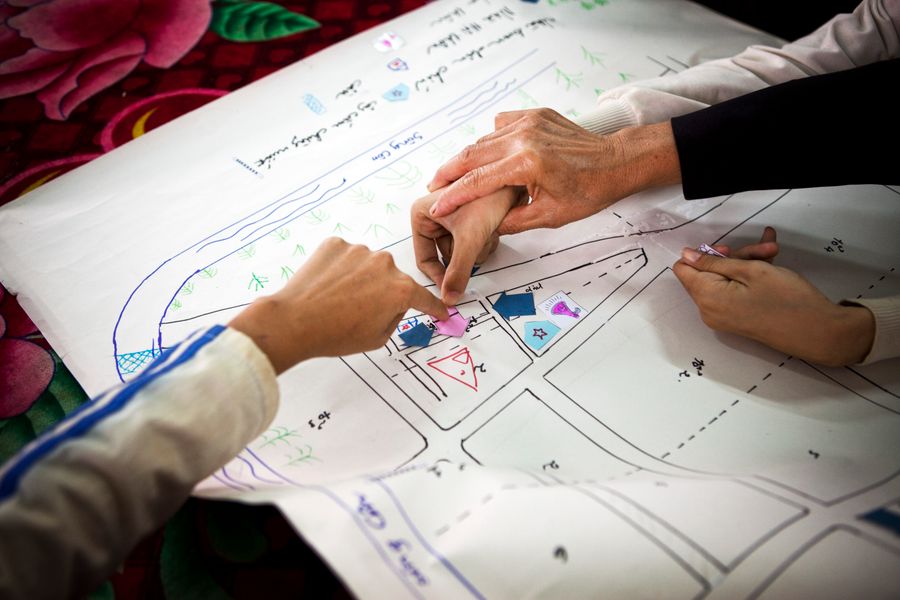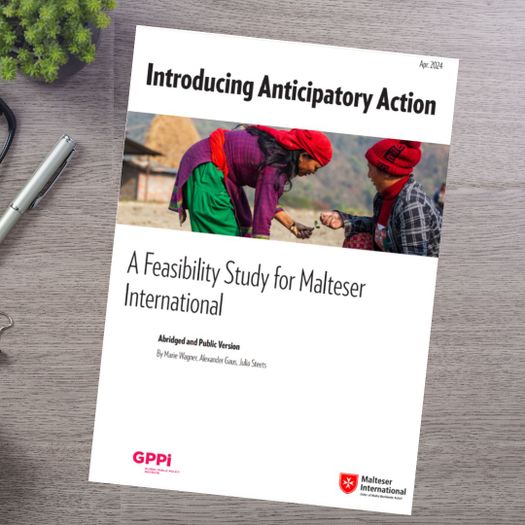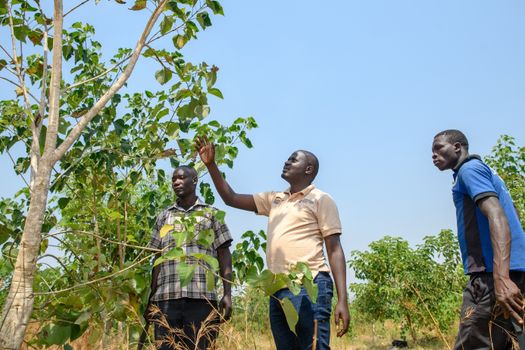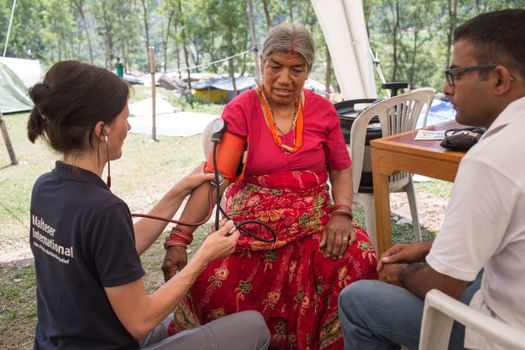Trade winds normally blow from east to west over the equatorial Pacific, driving warm surface water from the coast of South America towards Indonesia and Australia. At the same time, cold, nutrient-rich water rises in the ocean off South America. In this normal state, the temperature difference between the central-eastern and western Pacific is around ten degrees. This is why the eastern Pacific is always colder than the western Pacific. In the west, heavy rainfall naturally occurs in combination with the trade winds, while it is usually dry in the coastal regions of Latin America. This entire process is part of the Walker circulation.
During the El Niño phenomenon, the trade winds weaken or reverse completely for unexplained reasons, so that the warm water spreads eastwards instead of westwards and accumulates off South America. The cold water from the depths of the ocean off South America cannot rise through the carpet of warm surface water, resulting in above-average warming of the eastern Pacific. As plankton dies off when temperatures are too high, the schools of fish off the coast of South America also disappear. However, the change in sea surface temperature has even more widespread effects and leads to global weather changes.
The exact causes for the occurrence of an El Niño event are complex and the subject of current research. In contrast to sudden geological events that trigger tsunamis, for example, El Niño builds up over months and can last from several months to over a year. Nevertheless, accurately predicting El Niño remains a challenge, as each event varies in intensity, duration and impact.

